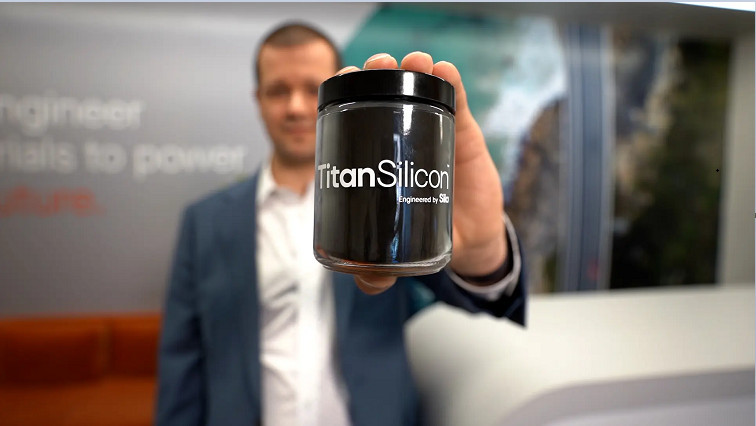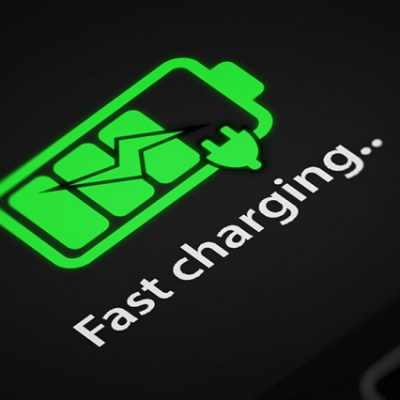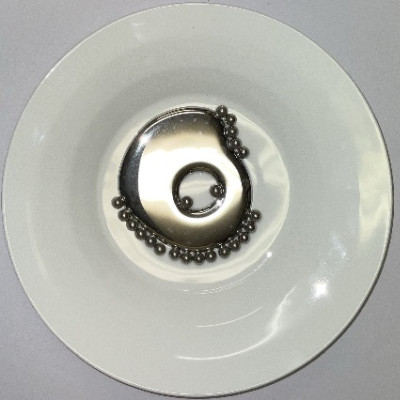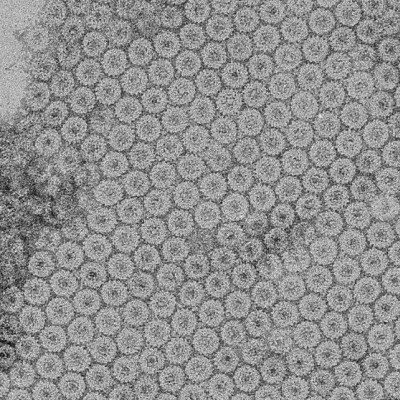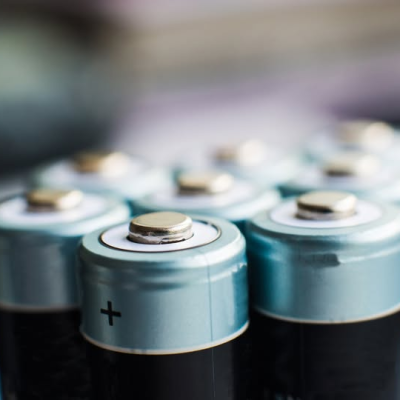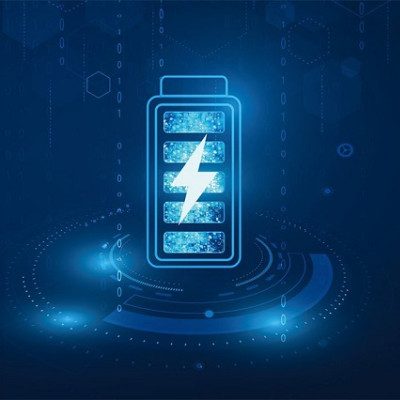We first reported on Sila Nanotechnologies last May when the company announced it was beginning to produce its innovative silicon anode batteries at a factory in Moses Lake, Washington. Now almost a year later, the company says it expects to begin mass production in the second half of 2024 and will manufacture enough batteries to power one million vehicles over the next 5 years.
Sila says in a press release dated April 4 that a consumer survey it commissioned recently showed nearly 90% of respondents who own or intend to purchase an EV consider high performance battery technology as more valuable than other tech enhancements or luxury features, including autonomous driving capabilities.
“Graphite anodes and simple silicon compounds (Si, SiO, SiO2 ) for lithium ion batteries have reached their energy limit, which stifles EV performance,” the company says.
“In contrast, Sila solutions deliver the EV experience drivers want to reduce anxieties around range and charge time. For automakers who want longer range, Titan Silicon can deliver a 20% increase in range today, which could be up to 100 extra miles for some EVs, with a development runway to double those gains in future releases.
“Titan Silicon can also dramatically improve battery charging time, charging a battery from 10% to 80% in just 20 minutes — even if your charge time is currently as long as 60 minutes. Future releases will reduce that time to approximately 10 minutes, a standard similar to refilling a gas tank. Notably, Titan Silicon achieves these gains without sacrificing cycle life or safety while maintaining low swell — comparable to graphite anodes. Also with Titan Silicon, automakers can benefit from up to a 15% reduction in battery weight and 20% increase in space, enabling higher vehicle efficiency and the addition of innovative designs and features.”
Gene Berdichevsky, co-founder and CEO of Sila, said “Titan Silicon is the highest performing nano-composite silicon in the market today. Our battery and materials teams are constantly iterating and improving upon our chemistry to deliver the best, and most cost-efficient results possible. With the wide adoption of EVs, consumers are looking for best in class solutions that deliver best in class performance, and our solutions provide just that — longer range and faster charging.”
Sila says it has optimized its high performance nano-composite silicon for mass production, making the timing right to announce worldwide availability of its NCS solutions under the Titan Silicon brand. Last spring, Mercedes-Benz, the company’s first automotive customer, announced that it had selected Sila’s NCS for its luxury electric fleet, starting with the Mercedes Benz G Class, which is expected to be available by 2026. By 2030, Berdichevsky expects a third of the world’s EVs will come with silicon based anodes. By 2035, he says, they all will.
The company says the key features and benefits that differentiate Titan Silicon batteries include:
– Drop-in solution — Titan Silicon anode is 100% compatible with any cell form factor (e.g., cylindrical, pouch, and prismatic) and any gigafactory.
– Full or partial replacement — Only Sila offers the choice of full or partial graphite replacement based on an automaker’s or cell manufacturer’s performance goals and product roadmaps.
– Mass produced at the highest quality — Titan Silicon solutions are manufactured in the U.S. to automotive quality standards to ensure safety and reliability at the scale needed to meet volume demands. Sila is also ISO 9001:2015 certified.
– Syncs with existing supply chain: Titan Silicon can work with any co-product, which eliminates the need to change partners or operations.
Lower CO2 footprint vs. graphite: Titan Silicon generates 50-75% less CO2 per kWh than graphite during production.
– US made: Today over 90% of graphite is mined and/or processed in China. Sila offers an alternative anode material source for automakers that want to meet requirements for Inflation Reduction Act tax credits.
The Sila Nano Composite Silicon Anode
All batteries have two electrodes — the anode and the cathode — and most recent advances in battery chemistry have been achieved on the cathode side. Ever since lithium-ion batteries were invented in the 1980s, anodes have been made of graphite, which is extracted or processed almost entirely in China, says Bloomberg Green in an email.
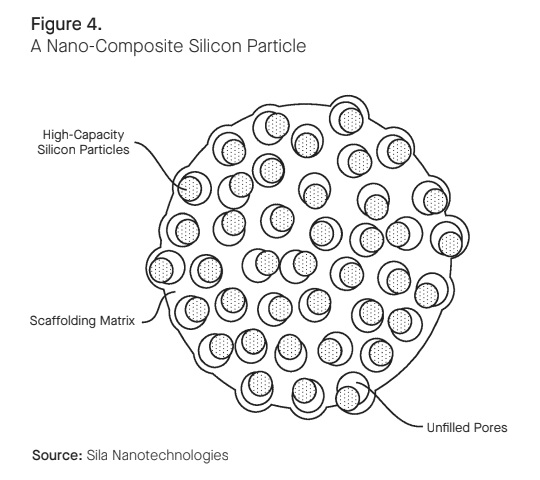
The battery anode serves as a reservoir for lithium ions. When the battery is charged, the ions fill the spaces between layers of graphite. When the battery is discharged, the ions flow out toward the cathode. But while graphite works well as an anode material, it comes with extra weight and volume that serve no purpose. Some automakers, including Tesla Inc., have already been sprinkling in small amounts of lightweight silicon, which helps an otherwise identical battery charge faster and store more energy.
The problem with silicon, Bloomberg says, is that it expands three times in size as the battery fills up with lithium ions, a swelling that degrades the battery itself. The trick to building batteries with more silicon is figuring out how to prevent that expansion via some kind of binding structure. Sila’s solution is a Swiss cheese-like scaffolding that surrounds a silicon particle and allows it to expand into the pores of the structure without damaging the outer shell. The company’s tiny capsules limit expansion to just 6%, which is similar to the amount of swell that occurs when graphite is used as the anode material.
Sila says it tried more than 70,000 variations of its formula before landing on Titan, which will be sold at a premium until higher production levels bring down costs. Automaker customers can choose the amount of silicon to use in their batteries depending on range and price point needs. While Berdichevsky wouldn’t specify what the concentration of nano silicone will be in the Mercedes G Class, the company said last year that its EQG will have an energy density of 800 watt-hours per liter.
The Takeaway
The development of materials and components for electric vehicles is happening at a breakneck pace. It took automakers in the US nearly 70 years to make the leap to overhead camshafts and fuel injection, but the pace of change in EV technology is bringing new products to market every month, it seems.
Using silicon sourced in North America obviously is a plus when it comes to qualifying for the EV tax credits provided by the Inflation Reduction Act, yet much of the lithium needed to manufacture EV batteries is still mined and/or processed in China and it will be years before that changes significantly.
Longer range and faster charging are high on the list of things EV drivers want. If Sila nano composite silicon anodes can help make them possible, that is good news for everyone who wants to see the EV revolution succeed.
Read the original article on CleanTechnica.

